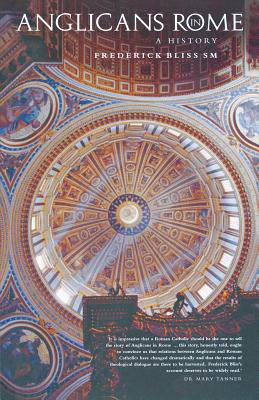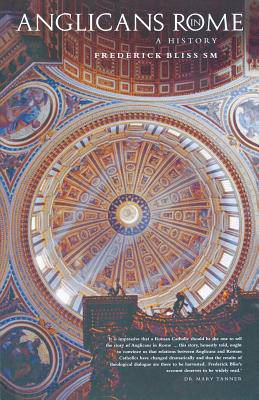
- Afhalen na 1 uur in een winkel met voorraad
- Gratis thuislevering in België vanaf € 30
- Ruim aanbod met 7 miljoen producten
- Afhalen na 1 uur in een winkel met voorraad
- Gratis thuislevering in België vanaf € 30
- Ruim aanbod met 7 miljoen producten
Zoeken
Omschrijving
Until forty years ago, Anglicans and Catholics, wherever they co-existed, viewed each other in a way that was determined by centuries of separation. Although there had been various attempts at building bridges, such as the Anglican Papalist movement and the Malines Conversations, it was not until the 1960s, in the wake of the groundbreaking Second Vatican Council, that the ice began to thaw. The seeds sown by such early pioneers of unity such as Gregory Dix, William Temple, and Yves Congar began to bear fruit as the Anglican Centre in Rome was opened and the Anglican Roman Catholic International Commission (ARCIC) was created.
Specificaties
Betrokkenen
- Auteur(s):
- Uitgeverij:
Inhoud
- Aantal bladzijden:
- 160
- Taal:
- Engels
Eigenschappen
- Productcode (EAN):
- 9781853117459
- Verschijningsdatum:
- 30/10/2006
- Uitvoering:
- Paperback
- Formaat:
- Trade paperback (VS)
- Afmetingen:
- 140 mm x 216 mm
- Gewicht:
- 254 g

Alleen bij Standaard Boekhandel
+ 91 punten op je klantenkaart van Standaard Boekhandel
Beoordelingen
We publiceren alleen reviews die voldoen aan de voorwaarden voor reviews. Bekijk onze voorwaarden voor reviews.











